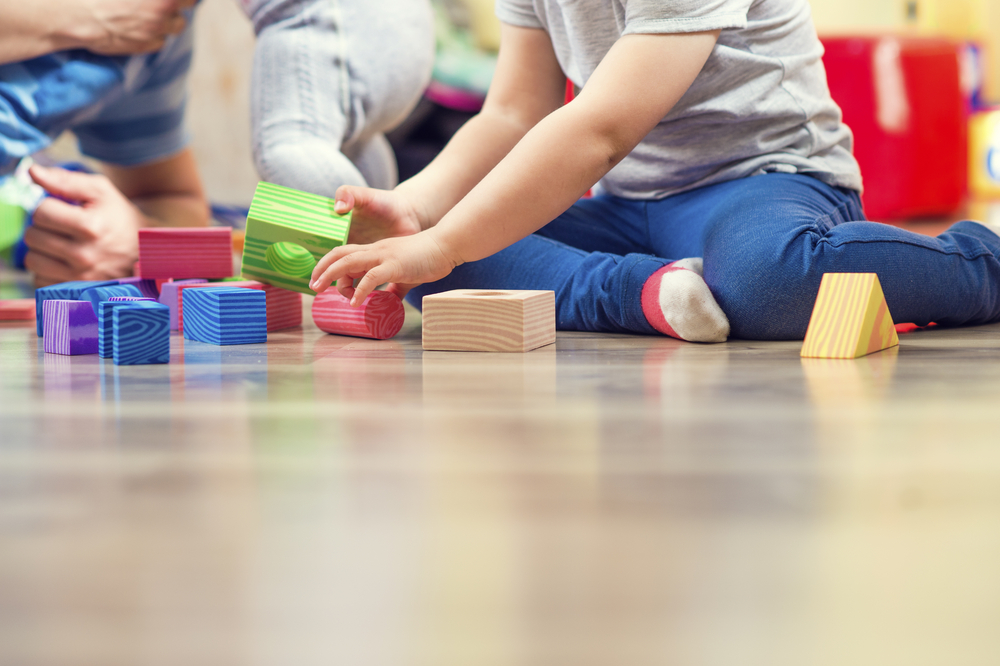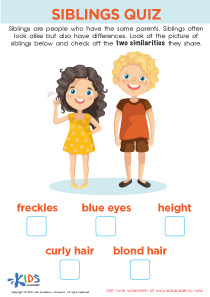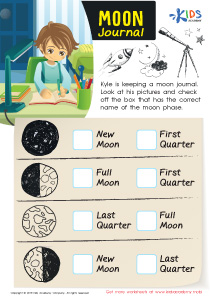The 5 Senses Worksheets for Ages 8-9
5 filtered results
-
From - To
Explore the amazing world of "The 5 Senses Worksheets for Ages 8-9"! This engaging resource offers a collection of fun and educational worksheets designed to help young learners discover how we perceive the world around us. Through a variety of activities, students will explore the five senses—sight, hearing, touch, taste, and smell—enhancing their understanding of human perception. With vibrant illustrations and interactive tasks, these worksheets stimulate critical thinking and creativity while reinforcing essential science concepts. Perfect for classroom use or at-home learning, our 5 senses worksheets are a great way to inspire curiosity and foster a love of science in young minds!
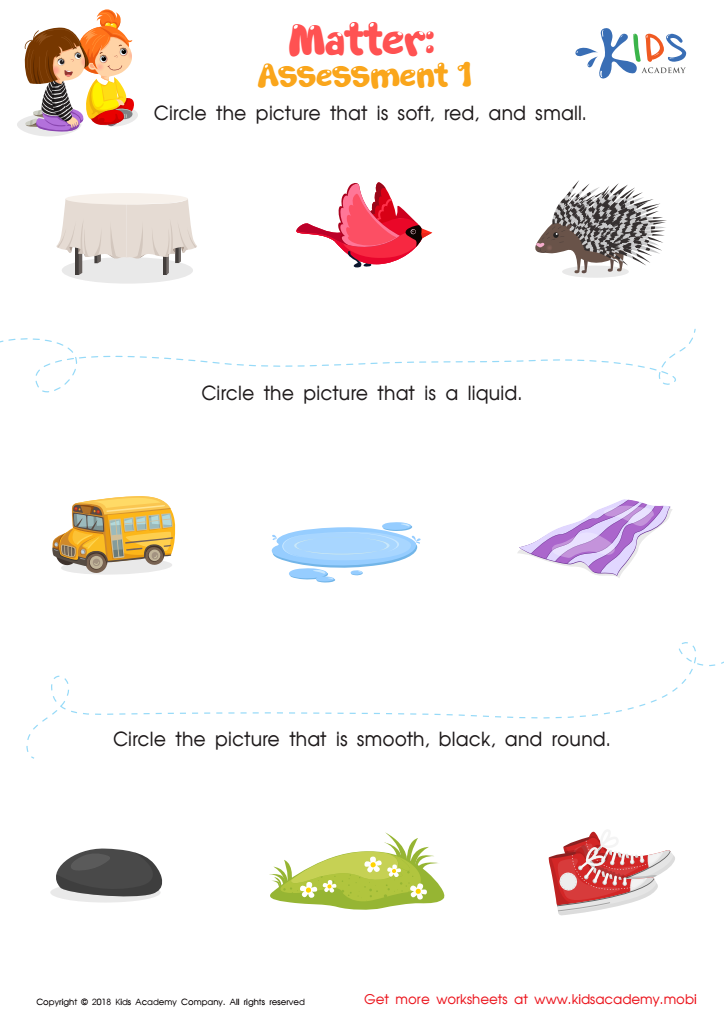

Matter: Assessment 1 Worksheet
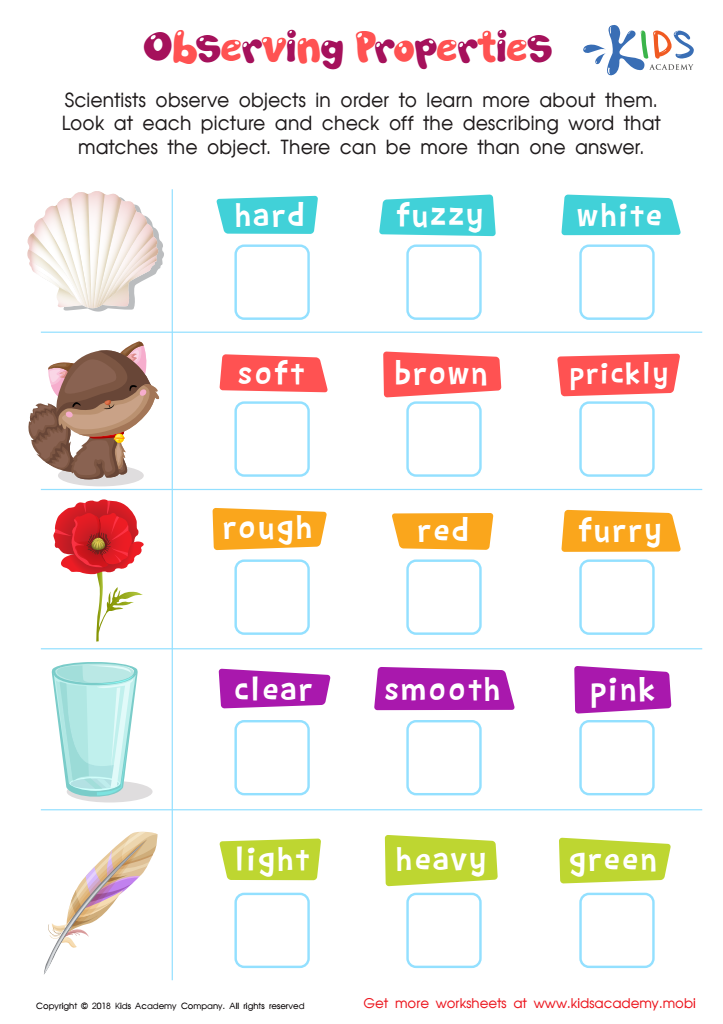

Observing Properties Worksheet
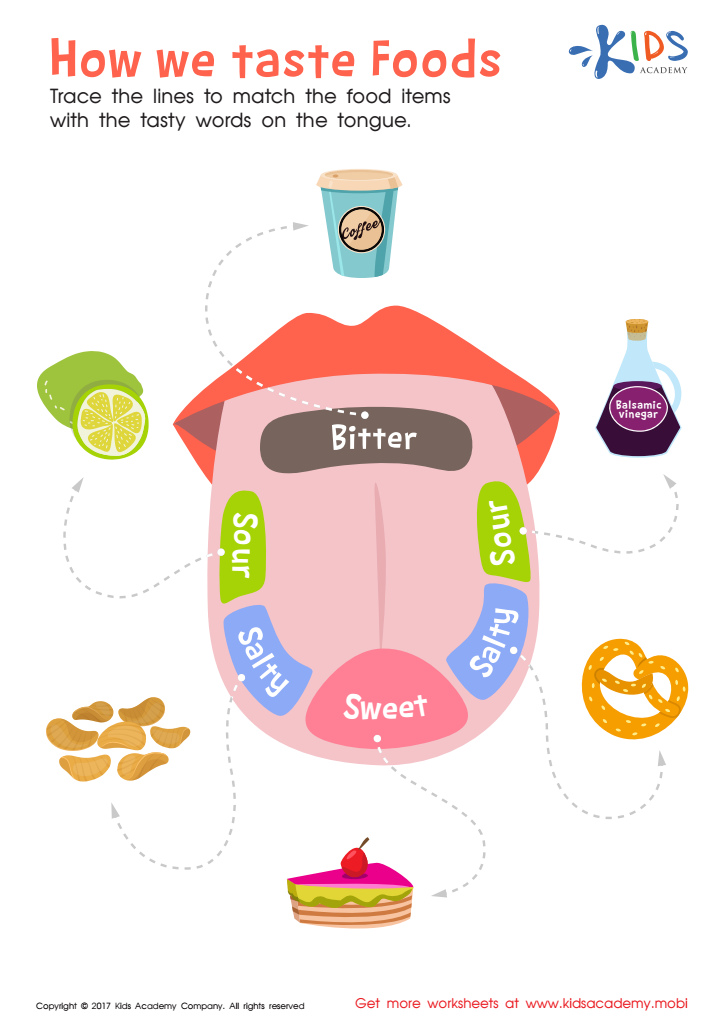

How We Taste Foods Worksheet
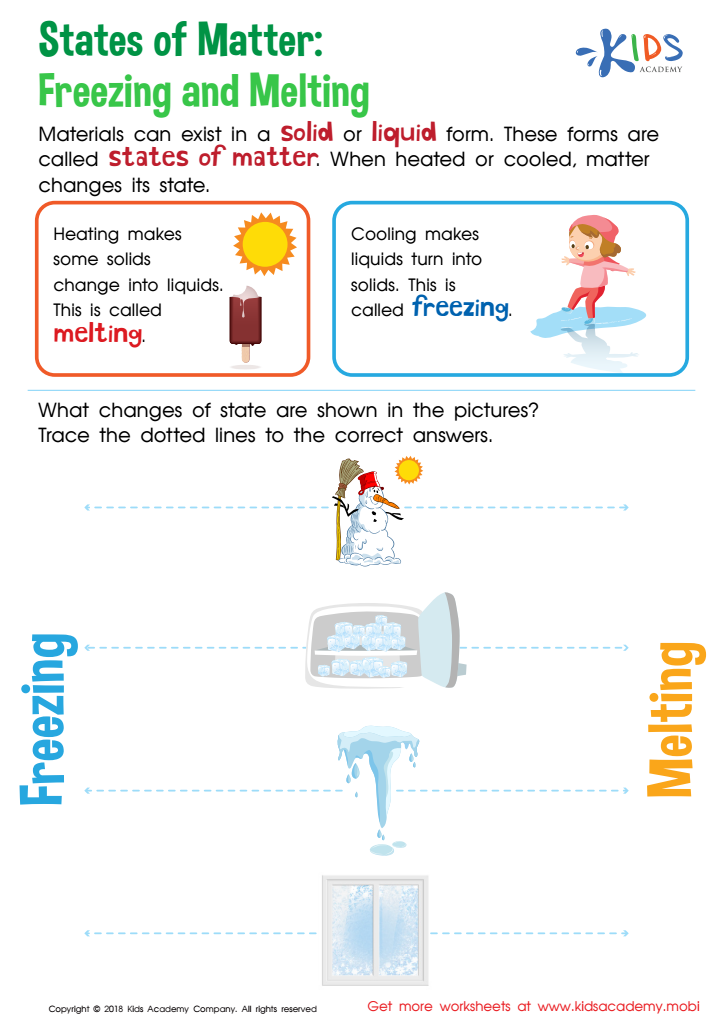

States of Matter: Freezing and Melting Worksheet
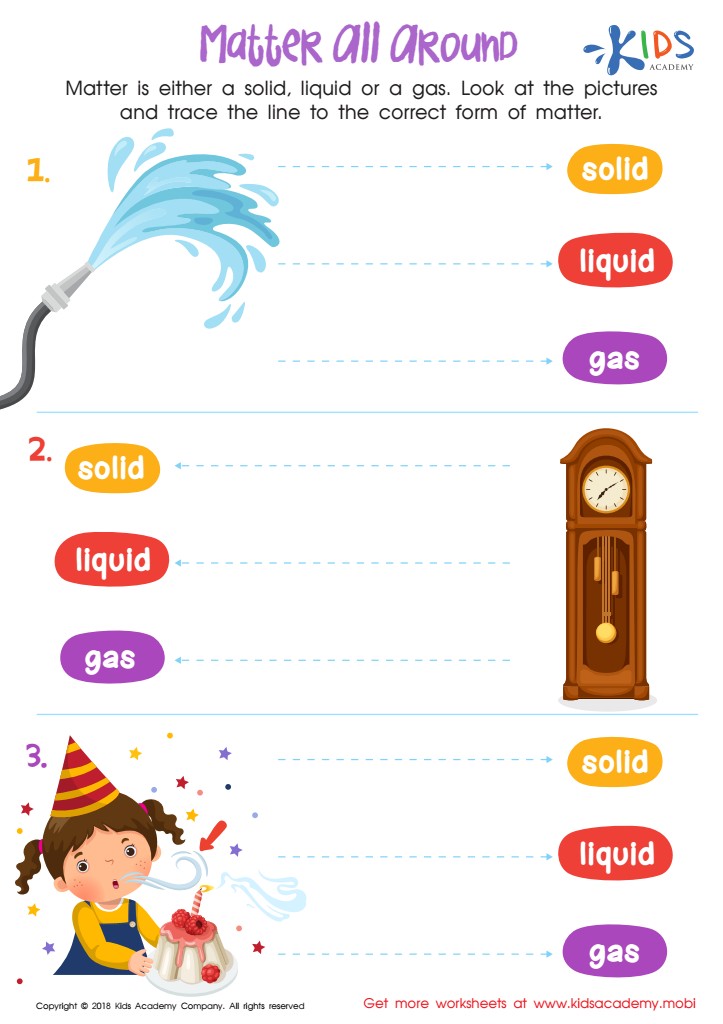

Matter all Around Worksheet
The 5 senses—sight, hearing, touch, taste, and smell—are crucial for children aged 8-9 as they play a significant role in learning and exploring the world around them. Understanding these senses enhances a child's ability to engage with their environment, fostering curiosity and discovery. This age group is at a pivotal stage where sensory experiences contribute to cognitive development and creativity.
Parents and teachers should care about the 5 senses because they help children develop critical thinking skills and make connections between what they learn and their real-life experiences. For instance, through sensory activities, children can better grasp scientific concepts, improve their vocabulary, and enhance their problem-solving abilities.
Additionally, sensory integration is vital for social interactions and emotional well-being. By recognizing how these senses influence behavior and communication, adults can provide appropriate support and create an enriching learning environment. For example, incorporating sensory activities in the classroom, such as cooking or nature walks, can stimulate engagement and collaboration among peers.
Ultimately, nurturing a child's understanding of their senses lays the foundation for lifelong learning and exploration, empowering them to understand their surroundings and express themselves effectively.
 Assign to My Students
Assign to My Students





